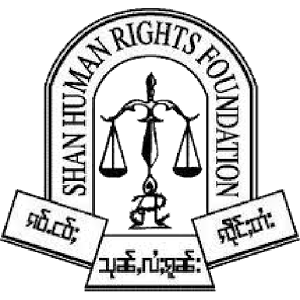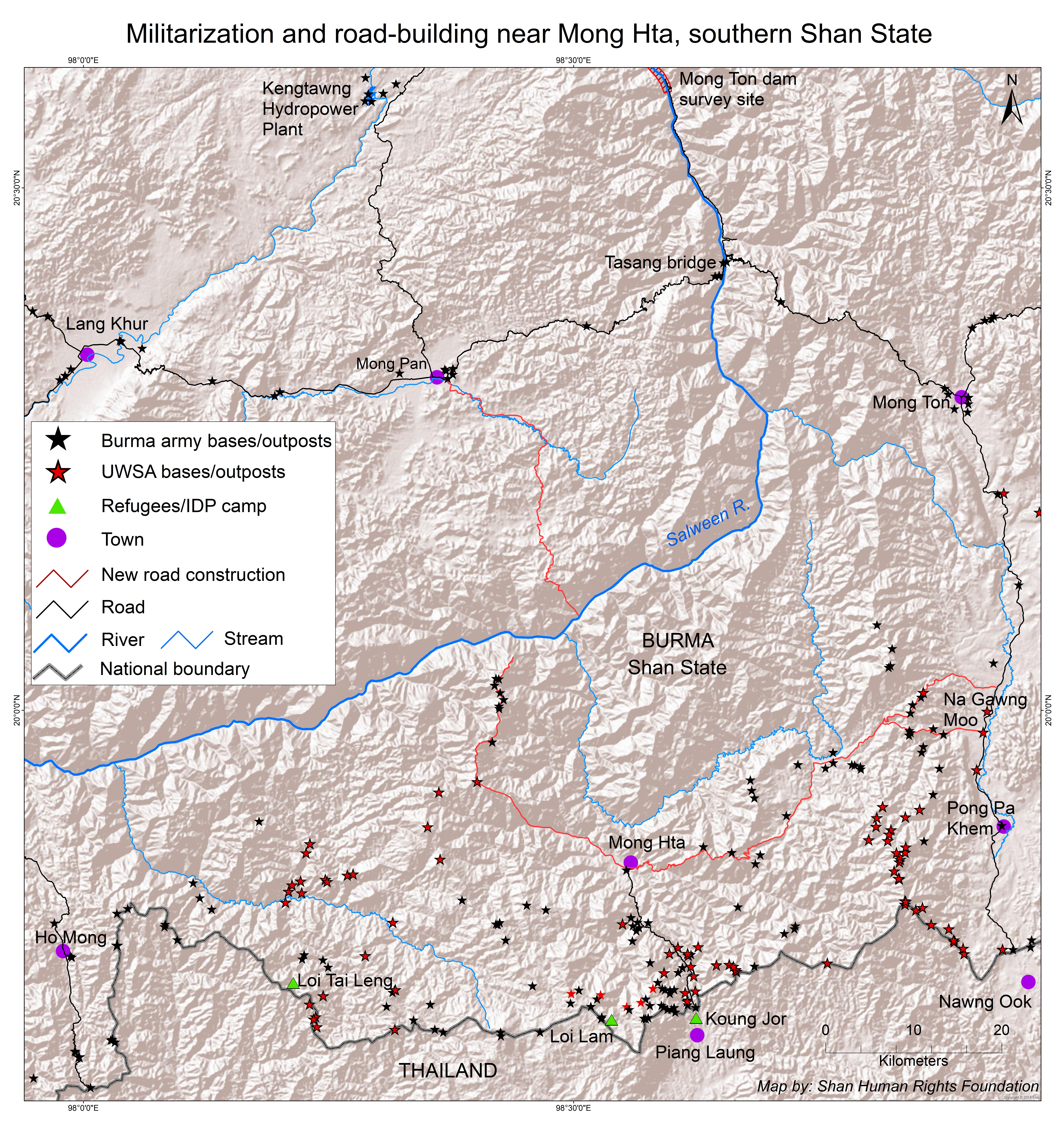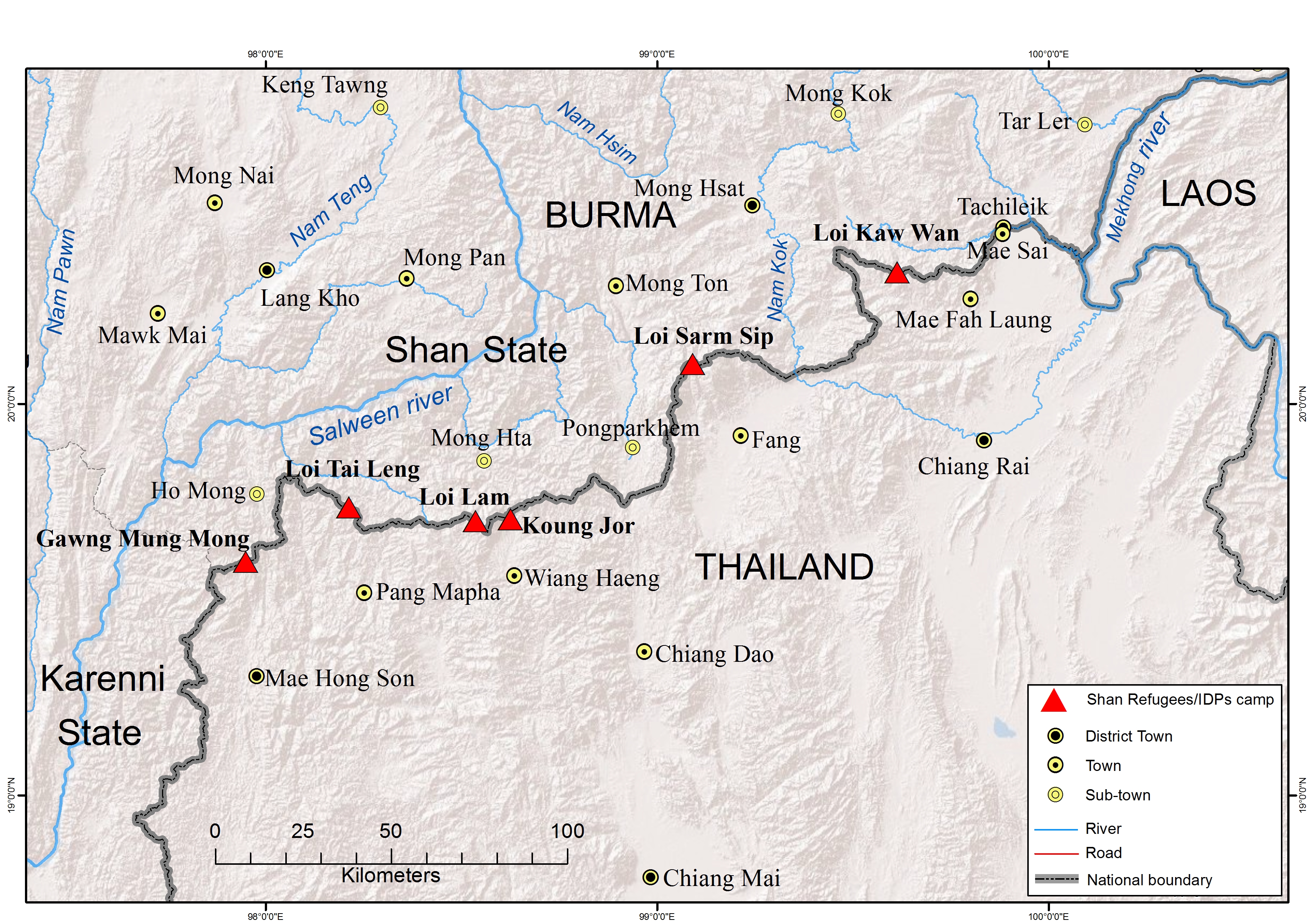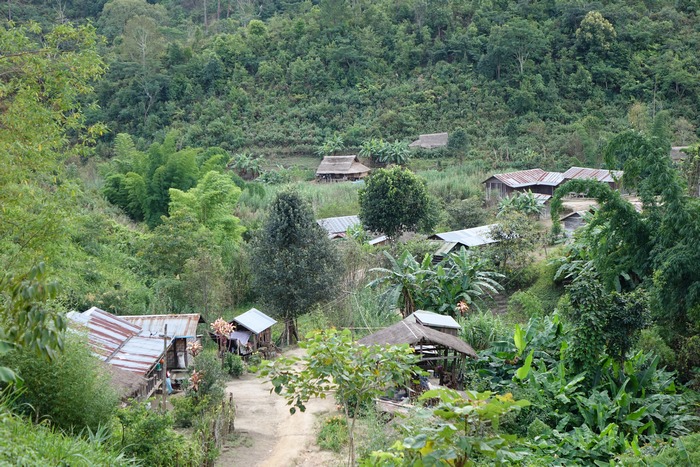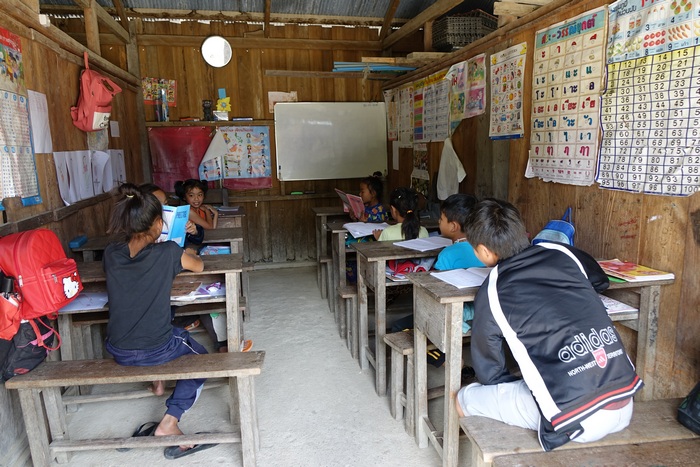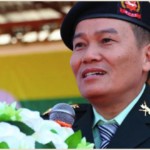Shan Human Rights Foundation (SHRF) | October 4, 2018
Burma Army use of drones for the first time near Loi Lam IDP camp on the northern Chiang Mai border, and near-completion of a new strategic road from Mong Hta to the Salween River, is instilling fear among IDPs of impending attack.
On September 16, a drone was sent over this border area from the nearby Burma Army IB 293 camp. On September 23, a drone was again sent from the same camp, where the Triangle Regional Commander Brigadier General Khin Hlaing had arrived in a convoy of seven army trucks from the IB 249 base at Mong Taw.
The drone flew over areas controlled by the Restoration Council of Shan State/Shan State Army (RCSS/SSA), which provides protection to over 200 IDPs sheltering at Loi Lam.
This border area, under Mong Hta sub-district of Mong Ton township, has been increasingly militarized by the Burma Army – and the United Wa State Army (UWSA)– in recent years, despite the fact the RCSS/SSA signed a bilateral ceasefire in 2011 and signed the Nationwide Ceasefire Agreement in 2015. The bilateral ceasefire agreement stipulated that RCSS/SSA could set up a headquarters in Mong Hta (as well as in Ho Mong to the west), but the Burma Army never withdrew to allow this to happen. The UWSA meanwhile has continued military expansion in this area – there are now about 40 UWSA outposts along the 40 kilometer stretch of border between the Piang Luang/Lak Taeng crossing east of Loi Lam and the RCSS/SSA Loi Tai Laeng headquarters in the west.
After the ceasefire with RCSS/SSA, the Burma Army began building a road from Mong Hta up to the Salween River, across from a road linking up to Mong Pan, where their no. 17 Military Operations Command is based. The new road is close to completion, and will provide a strategic loop along which troops and weapons can be quickly deployed against the RCSS/SSA’s bases in this remote mountainous region. It also provides a line of defence for investments such as the planned Mong Ton dam on the Salween River, where Chinese engineers from the Three Gorges Corporation have been surveying in secrecy since early 2018.
Despite the ceasefire, there have been repeated clashes between the Burma Army and the RCSS/SSA, including in recent months. On September 26, about 80 troops of Burma Army LIB 332 attacked the RCSS/SSA with heavy weapons in Kenglom tract of Kunhing township, which lies in the potential flood zone of the Mong Ton dam. “Kunhing” means “thousand islands” in Shan, referring to the unique ecology of the Pang River, a main tributary of the Salween in Shan State.
The Mong Ton dam, a joint Chinese-Thai investment, is the largest of three dams planned on the Salween in Shan State. 90% of the power produced will be exported to Thailand. Eighteen central committee members of Burma’s ruling party, the National League for Democracy, were taken to the Three Gorges Dam during an official visit to China last month.
Brig-Gen Khin Hlaing, appointed as the Triangle Region Commander in April 2018, was formerly the Northeast Region Commander, and before that headed the notorious Light Infantry Division 99. He was sanctioned by the US Treasury on August 17, 2018, for war crimes committed by LID 99 under his command in Mong Ko, northern Shan State, in November 2016. His Facebook account was one of 18 personal accounts in Burma removed for hate speech by Facebook on August 27, 2018
Loi Lam is one of six IDP/refugee camps along the Shan-Thai border, housing over 6,000 displaced people, mostly women and children. International donors cut off food aid to these camps in October 2017, despite ongoing militarization and conflict in Shan State, which is preventing the IDPs/refugees from returning home.

